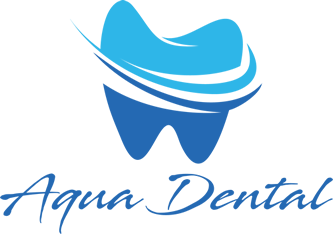A dazzling white smile is a major confidence-booster, especially during the teen years. Call Drs. James and Samuel Owens at 918.455.7700 if you’d like to find out whether your child is a good candidate for teeth whitening. Most importantly, they can diagnose the reasons teeth may not be their whitest. Teeth can be darker because of injury, dental treatment, vitamins, iron supplements, decay or antibiotic treatment. It’s also possible that perceived discoloration isn’t really discoloration at all, and just a reflection of the natural variations in human tooth coloring. Dr. Owens points out that “Natural teeth are rarely perfectly white”.
The American Dental Association’s Mouth Healthy site says that whitening products are meant for the natural tooth enamel and won’t work on fillings, crowns or veneers. And sensitive teeth, cavities and tooth decay, cracked teeth and gum disease should be addressed before bleaching, because whitening treatments can exacerbate these problems, leading to unneeded pain.
These days, increasing numbers of parents are turning to professional teeth-bleaching treatments to help their teens look and feel their best. Dentists are not only trained in the bleaching treatment systems but the biological and chemical effects of bleach to the teeth. They are also trained to resolve any problems a patient may experience as a result of teeth bleaching.
Teeth whitening treatments are now the No. 1 requested cosmetic dental procedure, having increased more than 300% since 1996, according to the American Academy of Cosmetic Dentistry.
Many teens are opting for the over-the-counter whitening strips. Some teens are using them too frequently in an attempt to get that bright, white smile. Misusing these do-it-yourself strips can harm gum tissue, injure tooth nerves and pulp, increase tooth sensitivity and interfere with the plastic and composite fillings. Or if used more often than recommended, here are some of the side effects:
1. Teeth start to appear translucent or blotchy,
2. They make experience redness, irritation and bleeding in the gums, and/or
3. Have excessive sensitivity of the teeth, especially to cold items.
To mitigate any potential gum damage, parents should make an effort to reduce the number of bleaching chemicals on their child’s gums. Custom-made bleaching trays ordered from a dentist’s office can minimize the contact between the gums and the bleaching agent and lessen the chance for irritation.
If your teen is truly experiencing tooth discoloration, a starting point is a visit to the dentist. Often, only one or two teeth show signs of discoloration. In those cases, a dentist can safely treat only the affected tooth or area with abrasion or single-tooth treatments. These targeted tactics minimize the impact on gums and surrounding teeth and can be less costly than a full-mouth treatment.
It is fine to consider over-the-counter products like whitening toothpaste, floss and the popular whitening strips sold in drugstores for a cost-effective alternative to professional bleaching treatments. When used properly, they can be a safe option.
Of course, because these products aren’t marketed for children, parents should employ proper supervision and caution when using them. Also, keep a check on how often your teens are using the whitening strips to make sure their gums stay healthy! Make sure your teen doesn’t get carried away with teeth whitening.


Recent Comments